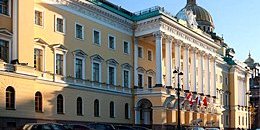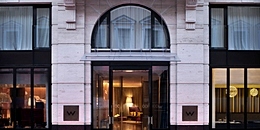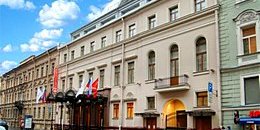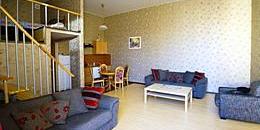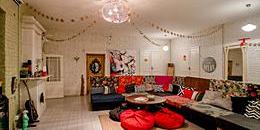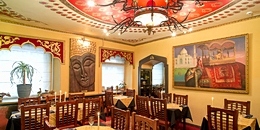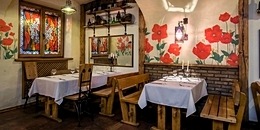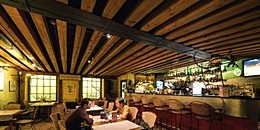Laval House
The Laval House combines magnificent architecture with a rich history. It is located on one of the most exclusive waterfronts in St. Petersburg, the English Embankment, and was not only an aristocratic residence, but also a meeting place for many prominent Russian musicians, politicians, and poets. The construction of the House of Laval was guided by the hands of the best architects in Petersburg: Andrey Voronikhin, designer of the Kazan Cathedral, and Jean-Francois Thomas de Thomon who created the ensemble of the Spit of Vasilevsky Island.
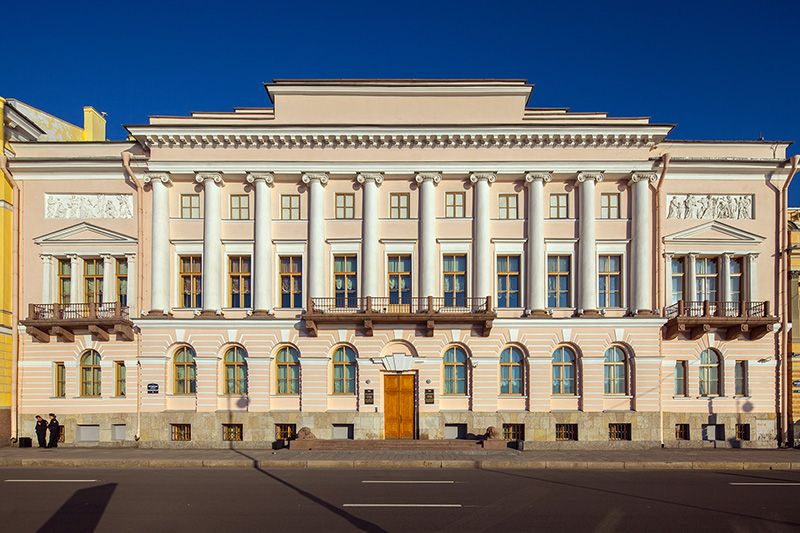
The first owner of the site was also the first governor of St. Petersburg, Prince Alexander Menshikov. A house was built for him here in the 1710s. After the fall of the powerful Menshikov, the estate was handed over to Vice-Chancellor Count Andrey Osterman. Osterman commissioned Peter Yeropkin, the creator of the famous three-beam system of the main thoroughfares of the city (including those of the Admiralty), to oversee the reconstruction of the building. However, Osterman was soon arrested and exiled to Siberia, and the House was transferred to Basil Saltykov, St. Petersburg's General of Police. After Saltykov, the building was owned by the English merchant Ivan Friedrichs, general engineer Nikolay Muravev, and commander in chief Baron Alexander Stroganov respectively. Stroganov's illegitimate brother, Andrey Voronikhin reconstructed the mansion in 1791.
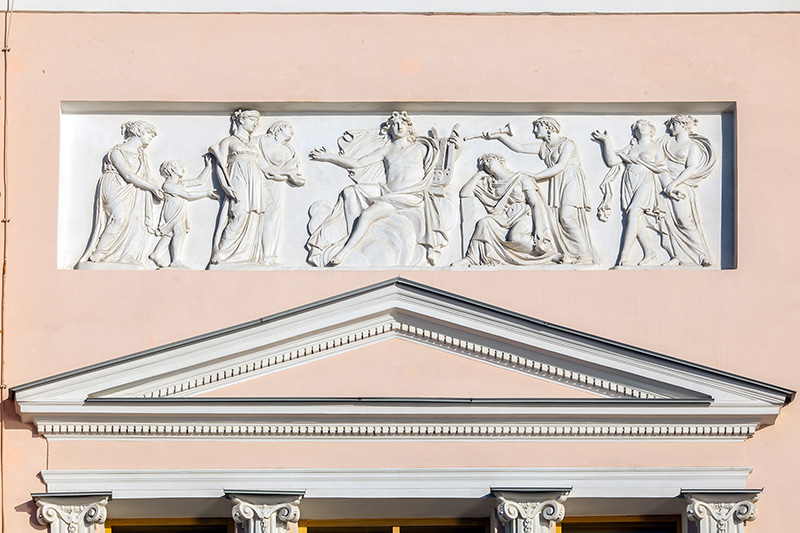
Voronikhin expanded the house to 50 rooms and re-designed both the interor and exterior. For unknown reasons, Stroganov did not live in the house and eventually sold it to Countess Alexandra Laval, daughter of Secretary of State Grigory Kozitsky, who married a poor but vibrant French emigre Ivan Laval. Their unfashionable love story caused a stir in aristocratic St. Petersburg but ended with a happy marriage under the patronage of the Emperor Paul. The Laval Mansion was rebuilt in 1806-1809 by Thomas de Thomon. The modern forms of the building and some of the surviving interiors owe their existence to him.
De Thomon designed the facade of the building with its powerful colonnade of ten Ionic columns. Panels with mythological themes capture attention above the windows and a pair of beautifully mournful stone lions guards the entrance. The magnificent interiors still include the preserved staircase with rotunda, the dining room with its magnificent decorative painting "Museum", the library with vaulted ceiling, and portraits of famous poets and philosophers. It was in this house that Laval kept an enormous collection of antiquities, paintings by European masters, and a library of 5,000 books. The most valuable parts of this collection, priceless works of ancient Egypt, were acquired in 1852 by the Hermitage Museum which preserves them to this day.
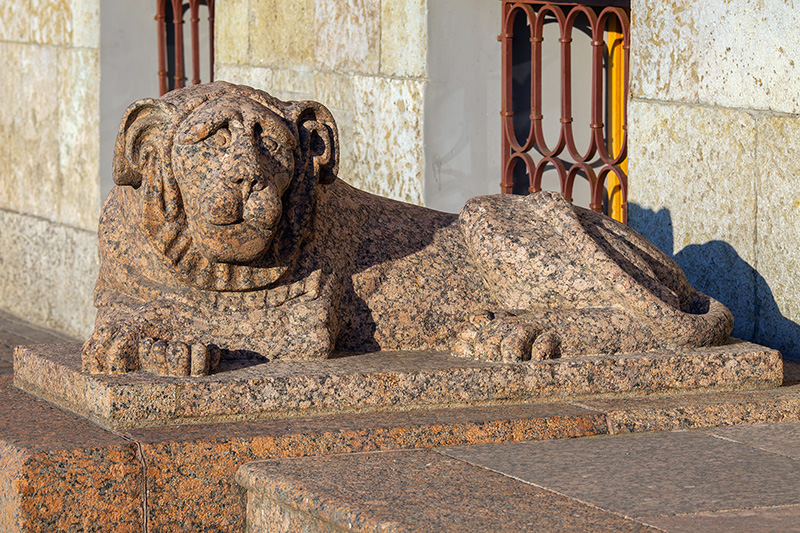
The House of Laval was always crowded. It gave grand balls that were attended by well-known writers such as Ivan Krylov, Vasily Zhukovsky, Adam Mickiewicz, and Nikolay Karamzin. Alexander Pushkin even read some of his poetry here. It was also the site of a quarrel between the Mikhail Lermontov and Ernest de Barante, son of the French Ambassador, which ultimately lead to a duel and Lermontov's exile from St. Petersburg. The Decembrists arranged secret meetings here, and the eldest Laval daughter, Ekaterina, married Prince Sergey Trubetskoy, one of the Decembrist leaders, and travelled with him into exile in Siberia. The high life of the House of Laval ceased with the death of its mistress in 1850. In the 1880s, the mansion was sold to railroad magnate Samuel Polyakov and then transformed into the Ministry of Justice. The architect of the Ministry, Karl Schmidt, carefully adapted it to its new use.
After the revolution, the building housed the State Historical Archive which is still in operation today. The historic interiors were carefully restored in 1947 and are now accessible to all visitors.
| Address: | 4, Angliyskaya Naberezhnaya |
|---|---|
| Metro: | Admiralteyskaya |
| Getting there: | Exit Admiralteiskaya metro station and turn left and left again along Malaya Morskaya Ulitsa. Follow the street to St. Isaac's Square and turn right past St. Isaac's Cathedral onto Proezd Dekabristov, then left onto Angliskaya Naberezhnaya (the English Embankment). |
| What's nearby? | Senate and Synod building, Tenishev Mansion, Senatskaya Ploshchad (Senate Square), The Bronze Horseman, Admiralteyskaya Naberezhnaya (Admiralty Embankment), Neva River |

